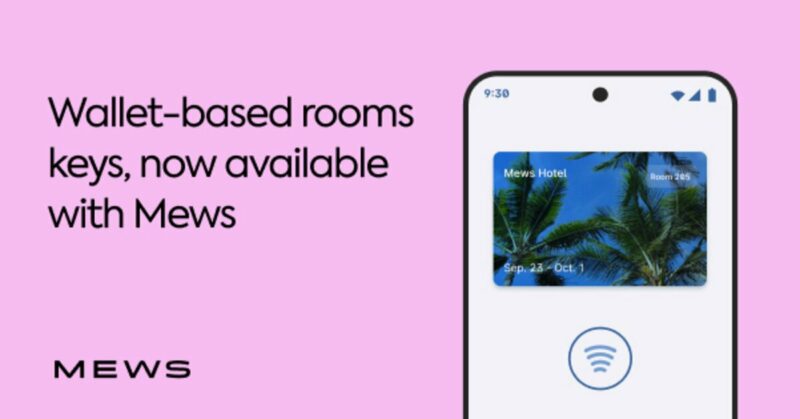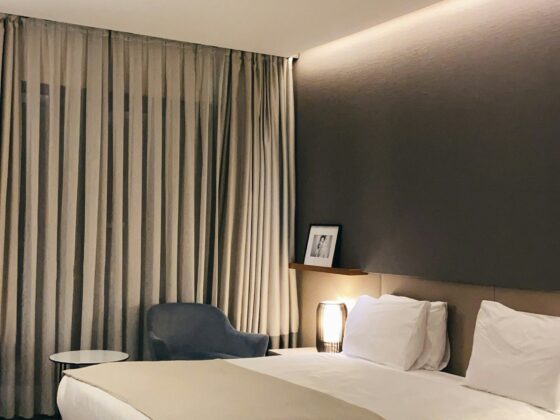
Fifteen or twenty years ago, as an owner managing multiple small hotels, revenue management was a constant challenge. At that time, sophisticated revenue management solutions were scarce and primarily designed for large, branded hotels with big budgets and dedicated teams. Independent and smaller hotels like mine had limited options: either hire a dedicated full-time revenue manager or outsource revenue management tasks to someone external.
Hiring a full-time person posed its own challenges. Revenue management rarely justified a full-time position for smaller hotels. Conversely, outsourcing meant entrusting your hotel’s pricing strategy to someone who managed multiple properties simultaneously. Often, they lacked the intimate knowledge and daily insights about my hotel’s specific circumstances that I, as an owner, naturally possessed.
I remember vividly those evenings when I would drive by one of my properties late at night. If half the lights were off, I’d immediately feel a sense of concern—was the hotel half-empty? Conversely, seeing the hotel brightly lit always reassured me: we were fully booked. Back then, our pricing strategy depended heavily on intuition and experience. If a popular event was in town, I’d instinctively raise rates by €30 or €50. If competitors lowered their rates, I would cautiously follow suit. These rules of thumb were practical but imprecise. There was always that nagging feeling of uncertainty: “Did I leave money on the table?”
Revenue management has always been critical, yet it’s astonishing that even today, fewer than 30% of hotels globally utilize dedicated revenue management solutions. Many still rely on instinct, manual processes, and reactive strategies. The complexity remains: What is the ideal occupancy? Where exactly do fixed and variable costs intersect? How do we optimize our pricing to maximize revenue without sacrificing occupancy?
As independent hoteliers, we face unique challenges. We don’t have extensive teams dedicated solely to revenue management. Therefore, we need systems that are robust yet simple enough to deliver clear data-driven recommendations swiftly. Imagine a solution that transparently presents actionable pricing strategies, allowing hotel teams to activate recommendations quickly and move on to other important tasks.
Indeed, the true value of our teams lies not in endlessly manipulating Excel spreadsheets, but in leveraging their creativity and local market knowledge. When automated systems handle complex pricing analytics, our teams are freed to focus on critical tasks like optimizing distribution channels, refining OTA listings, enhancing direct marketing efforts, and developing appealing packages and promotions. These human-driven initiatives create genuine differentiation, drawing guests to our properties rather than competitors’.
Today, artificial intelligence has transformed revenue management, capable of analyzing vast datasets in real-time—from incoming flights and local events to competitor pricing trends. AI-driven solutions provide granular insights and immediate, actionable recommendations. As I often reminded my teams, “There are only 50 rooms in our hotel, but every day at least 50 travelers arrive seeking accommodations. Our goal is to ensure they choose us over the competition.”
With advanced revenue management solutions at our fingertips, hotel owners can confidently delegate pricing complexities to technology, empowering their teams to innovate, market effectively, and ensure that every available room is occupied, every night.








